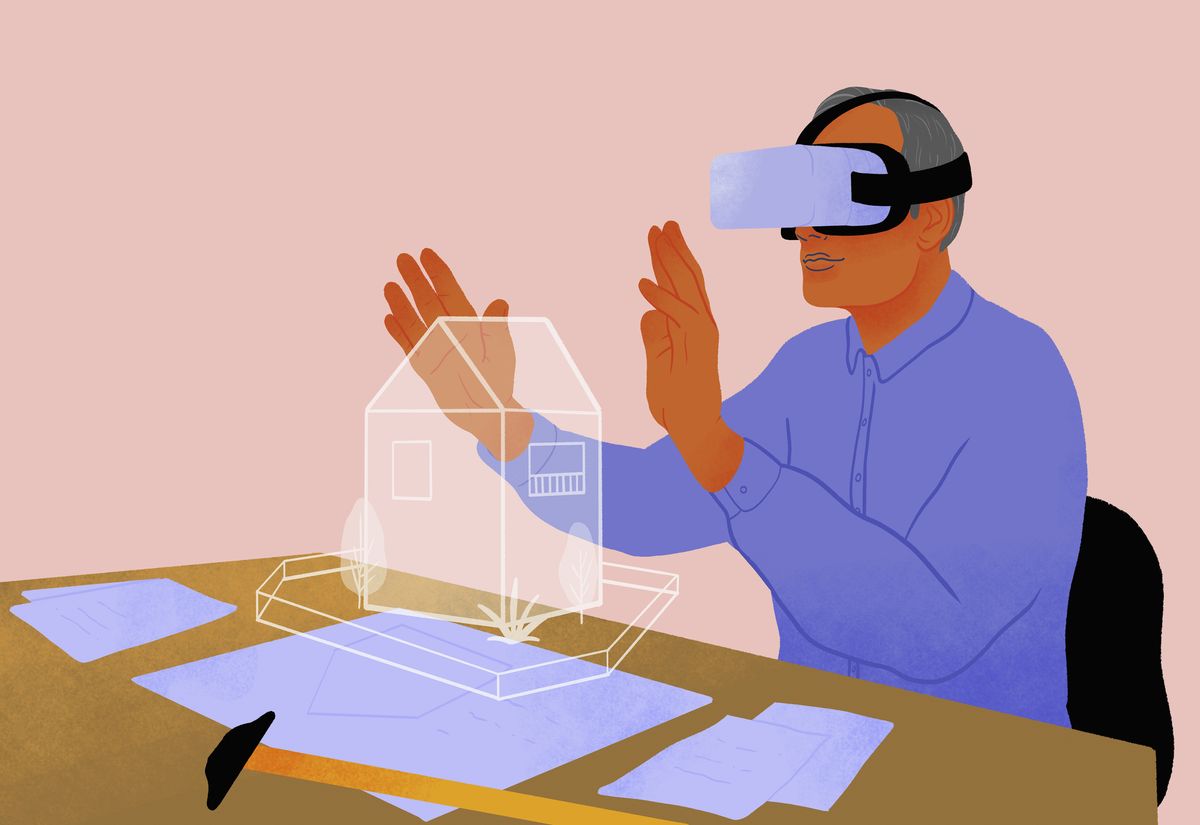'It's a genie out of the bottle': How AI is impacting graphic design

```html
Navigating the AI Revolution: How Graphic Design is Adapting and Thriving
The Shifting Landscape of Design
The creative world is in constant flux, with technological advancements and the rise of AI reshaping how, what, and by whom (or what) creative work is produced. The increased accessibility and capabilities of AI tools are prompting creatives to re-evaluate their offerings, acquire new skills, and even rediscover the value of the human touch in a tech-saturated environment.
A Tale of Two Disciplines
The World Economic Forum's Future of Jobs report paints a complex picture. While graphic design is predicted to decline, UI/UX design is expected to boom. This apparent contradiction highlights the blurring lines between traditional graphic design and its digital counterparts.
As Terrance Weinzierl, executive type director at Monotype, points out, "How can you define graphic design? It's hard to pinpoint... I see [graphic design, UI, and UX] in the same bubble."
AI: Tool or Threat?
The creative community's attitude towards AI is a mix of excitement and apprehension. Many see AI not as a replacement, but as a powerful tool – a creative co-pilot. Jessica Strelioff and Danielle LaRoy, founders of Goodside Studio, embrace this perspective: "We choose to see AI as a tool for creativity, not a replacement… It's been fun exploring ways to incorporate AI into our workflows."
Others acknowledge the challenges. John Owens, creative director at Instruct Studio, questions the limits of AI's capabilities: "While the technology is advancing rapidly, the question remains: is there a ceiling to its capabilities?"
The Human Advantage
AI's impact on the creative supply chain, particularly for stock assets, raises concerns about potential devaluation of creative professionals. However, the limitations of AI, particularly in areas like naming and conceptualization, highlight the enduring value of human creativity.
Dougal Marwick, creative strategist at The Touch Agency, emphasizes the importance of the human element: "As we head towards an even bigger, flatter future… the work that feels more crafted, considered and ‘human’ will continue to resonate."
Embracing the Change
Designers are no strangers to adaptation. Connor Edwards, designer at Jack Renwick Studio, sees the potential of AI to free up time for more meaningful work: "I can already see the advantages of AI to speed up more laborious tasks, giving me more time to focus on... creating big ideas."
This sentiment is echoed by Abigail Baldwin, director at Buttercrumble: "The technology is like a genie out of the bottle… I hope we can utilise AI to support us with the repetitive ‘grunt work’, freeing up our time to be more creative."
The Future of Design
The future of graphic design lies in embracing strategic thinking, problem-solving, and client interaction, while simultaneously mastering AI tools. This blend of human ingenuity and technological prowess will be key to thriving in the evolving landscape.
Terrance Weinzierl offers a hopeful perspective: "I have a lot of confidence in human ingenuity… In the era of AI abundance, I think curation, art direction, and critical thinking skills will be necessities. Good designers already have these."
Democratization and Accessibility
The accessibility of AI has the potential to democratize the creative field, opening doors for individuals from diverse backgrounds. Furthermore, AI can enhance accessibility in design for people with disabilities, fostering inclusivity within the industry.
The Legal Frontier
The rise of AI raises critical legal questions surrounding intellectual property and copyright. Regulation and legal frameworks are evolving to address the unique challenges posed by AI-generated work.